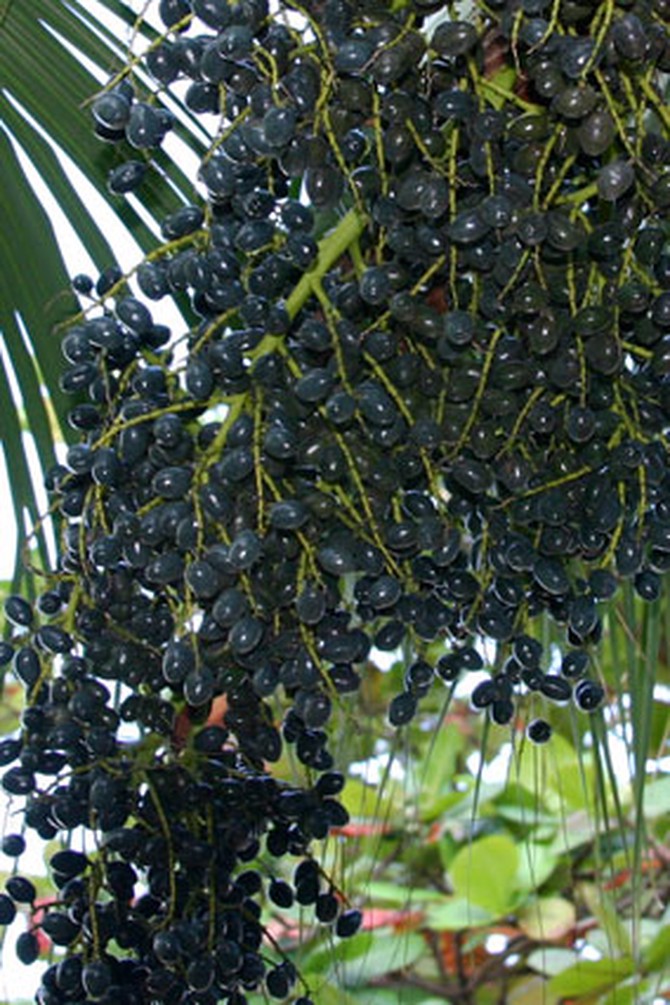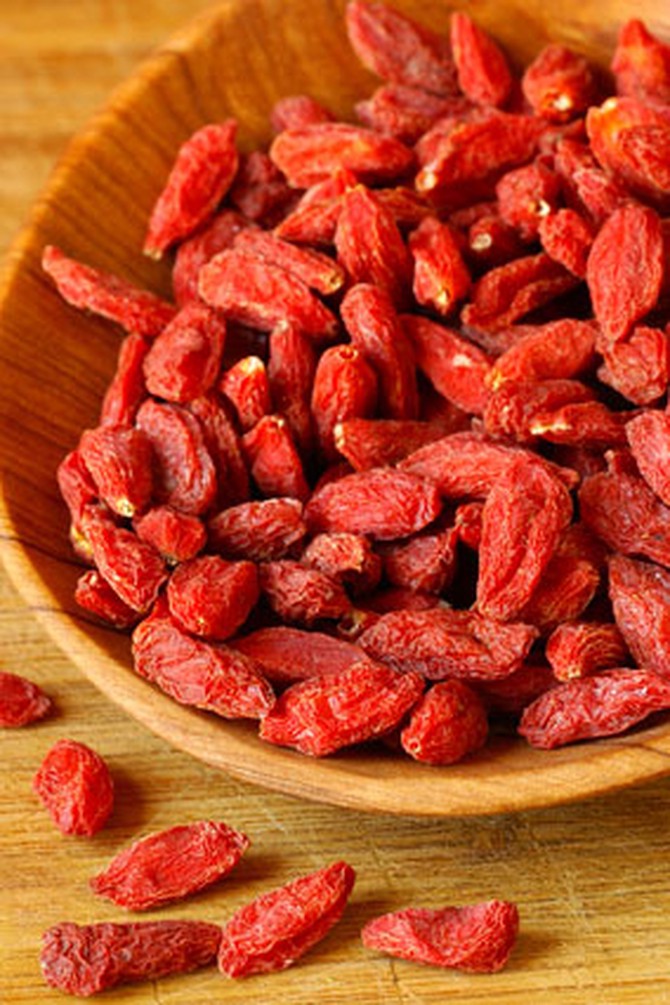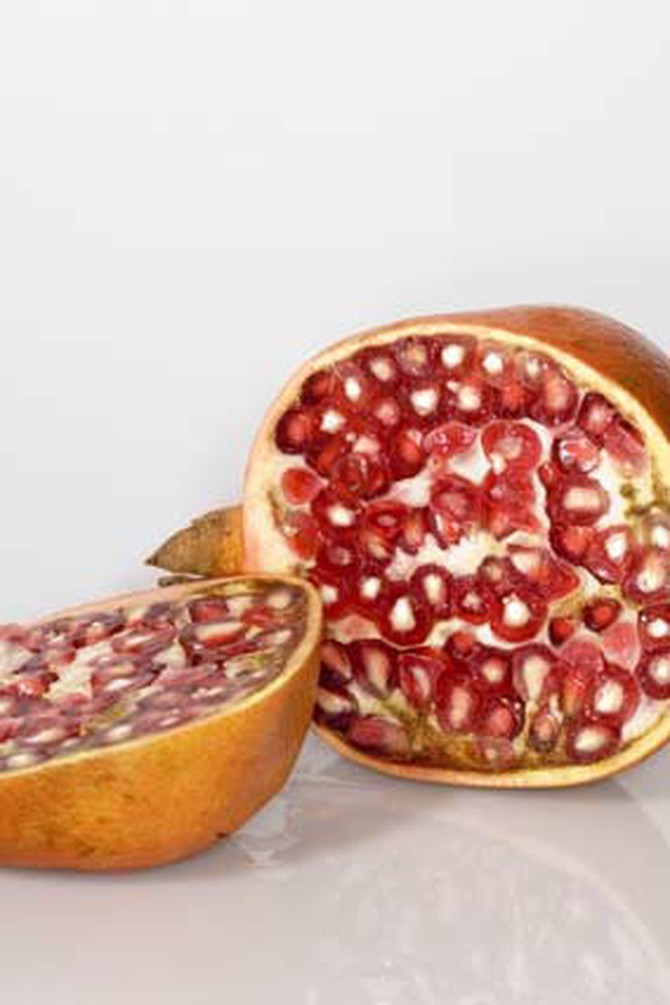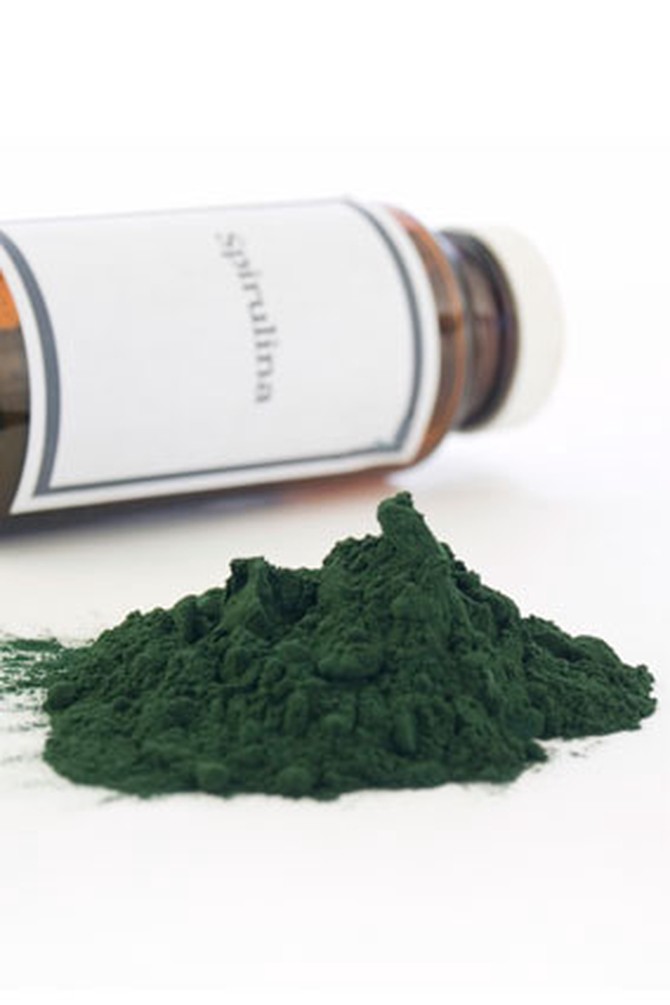4 Easy-to-Find Superfoods That Won't Break the Bank
The same key nutrients that give high-priced health foods their disease-fighting powers can be found in other fruits and veggies.
By Erin Biba

Photo: Thinkstock
Miracle Food: Acai
A fruit from the acai palm tree, which is native to Central and South America.
Miracle Nutrient: Anthocyanins. Advertisers claim that these antioxidants have antiaging properties that boost metabolism and repair skin damage. While such statements are unproven, scientists do believe anthocyanins offer other benefits, like inhibiting cancer cell growth and reducing the risk of cardiovascular disease.
Mega Price: A 32-fluid-ounce bottle of acai juice can cost more than $40; an eight-ounce bag of freeze-dried powder is about $30; a bottle of 60 acai capsules will run you more than $10.
Common Sources: Anthocyanins are by no means unique to acai products. More common sources include apples, cherries, grapes, radishes, blueberries, and nearly every other purple, blue, or red fruit or vegetable.
Get the truth about Oprah, Dr. Oz, Acai, and other dietary supplements

Photo: Thinkstock
Miracle Food: Goji
Also known as wolfberry, goji is a red-orange berry most commonly found in China.
Miracle Nutrient: Carotenoids. Some makers of goji products claim this berry can work miracles like extending one's life. There's no proof of that, but goji is particularly rich in the carotenoid beta-carotene, which the body turns into retinol, a form of vitamin A that may boost the immune system.
Mega Price: An 18-ounce bag of dried goji berries can cost $20; a liter bottle of goji juice typically costs $35.
Common Sources: Plain old leafy greens are an excellent source of beta-carotene. A half-cup serving of boiled spinach provides 230 percent of your daily value (DV); the same amount of kale offers 190 percent DV. Carrots are another source (one raw carrot provides 175 percent DV), as are apricots, peas, and red peppers.

Photo: Thinkstock
Miracle Food: Pomegranate
A large, seeded red fruit grown around the world, originally native to Iran and the Himalayas in northern India.
Miracle Nutrient: Polyphenols. You may have heard that these antioxidants lower cholesterol, but that claim is still up for debate. Studies do indicate, however, that they can reduce the risk of heart disease. A 2010 study found polyphenols may also guard against age-associated mental decline.
Mega Price: A 16-ounce bottle of POM pomegranate juice is $5.
Common Sources: Aside from simply eating a pomegranate, you can also get polyphenols from widely available sources such as Concord grapes, red wine, artichokes, parsley, strawberries, and all forms of tea.

Photo: Thinkstock
Miracle Food: Spirulina
A type of blue algae that grows in warm, alkaline water; cultivated species are grown in warm regions worldwide.
Miracle Nutrient: Protein. Spirulina is composed of up to 70 percent protein, which helps your body repair damaged tissues and build bones, skin, and muscle. However, because spirulina is highly absorbent, there's a potential risk of contamination from heavy metals and other toxins.
Mega Price: A one-pound container of powdered spirulina algae typically costs $30 to $40.
Common Sources: Along with lean meats, eggs, and dairy products, good protein sources include nuts (almonds have 21 grams of protein per 100-gram serving) and soybeans (which offer 12 grams of protein per 100-gram serving).
More Ways to Sneak Superfoods Into Your Diet
- 25 superfoods to incorporate into your diet right now
- 9 delicious superfood recipes
- 10 easy food switches you can make today
From the December 2010 issue of O, The Oprah Magazine

